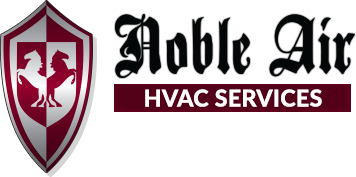Property owners and property managers ought to know how to make a rental property more energy efficient to be able to entice and keep occupancy rates up. When smart potential renters tour a property for the first time, with the owner or manager, they are likely to ask how much the utility bills average during high-use months. Here in Phoenix, this is especially true because of the many days and months air conditioning is a must-have for comfort. Of course, increasing energy efficiency means making an additional investment, but, this will pay off in rebate, incentives, and less periods of vacancy. After all, why would tenants continue to pay exorbitant utility costs if they can just move elsewhere?
How to Make a Rental Property more Energy Efficient
The key to energy efficiency oftentimes is not so much about less use, but smarter use. For instance, here in the Valley of the Sun, renters will have to run the air conditioning system for most of the year, but, if it’s an energy efficient model, complete with a programmable or smart thermostat, that means less waste. Less waste translates directly into a reduced monthly obligation, which helps to give renters a little more in their budgets to pay on time.
The U.S. Environmental Protection Agency (EPA) and government-backed mortgage provider Freddie Mac recently agreed on a plan that will cut carbon emissions and at the same time make rental housing more affordable. With studies showing that rental properties are generally less efficient per square foot than owner-occupied homes, helping renters and their landlords save energy (and money) is a key step toward reducing overall U.S. energy use. —Center for Climate and Energy Solutions
When you make these changes, you’re not only making the property more attractive to renters, you’re also making it a better buy when it comes time to sell. Buyers appreciate homes that are energy efficient and keep monthly utility costs low. In fact, making these changes is smart on for a property manager or a property owner because it means spending less over time on those inevitable problems that pop-up. Here are some ways to make a rental property more energy efficient:
- Check all windows and doors for drafts. If you feel drafts from the windows and/or doors, the weatherstripping and/caulk could need to be replaced. To maximize efficiency and increase the aesthetics, consider upgrading windows and doors.
- Install window treatments to lessen heat transference. By re-caulking or installing new weather stripping, there should be less energy waste. To take it a step further, install window treatments to reduce the amount of heat transfer coming into the property.
- Upgrade the insulation and/or ductwork. Insulation wears over time, and, can be ineffective in older homes. In addition, ductwork can become compromised, allowing air to leak out where it shouldn’t go. Blown insulation is a great way to reduce energy loss.
- Install a programmable or smart thermostat. While you might not want to spend too much on a smart thermostat, a programmable thermostat will do much to make the property more energy efficient.
- Upgrade the major appliances. One of the biggest reasons a property won’t rent and have long vacancy periods is because of old appliances. These not only look outdated, but also, use a lot more energy. You can find deals through rebates and scratch and dent floor models to keep costs down.
In addition to these, have the air conditioner serviced regularly to ensure that it doesn’t need to be replaced. Regular tune-ups do much to keep a system functioning properly and give it more longevity.

